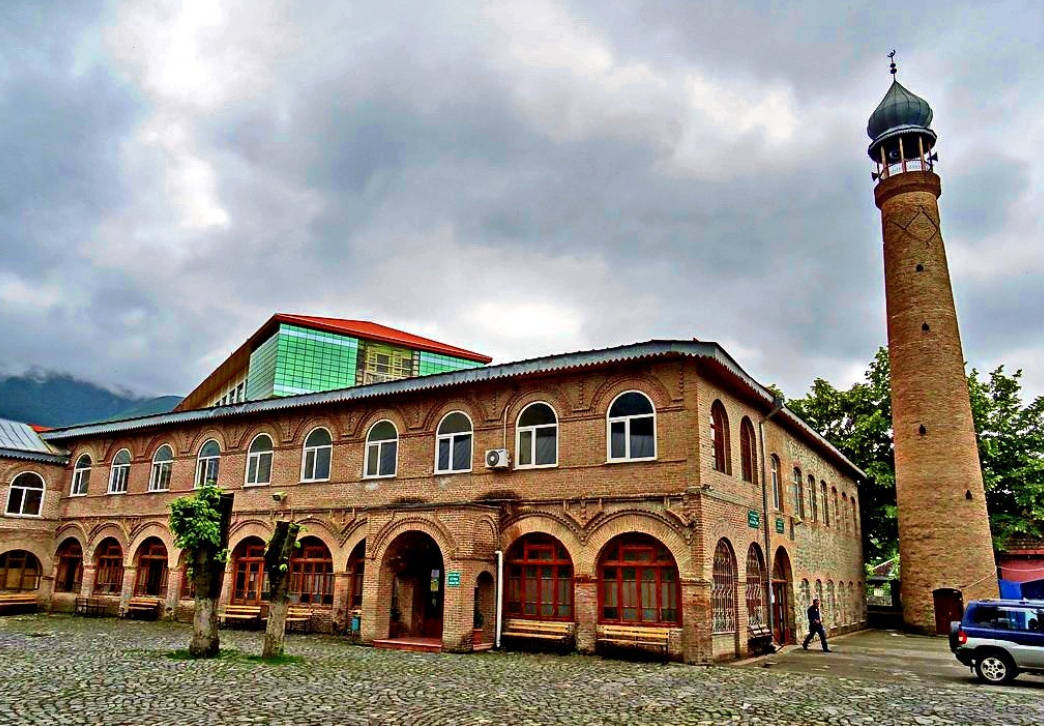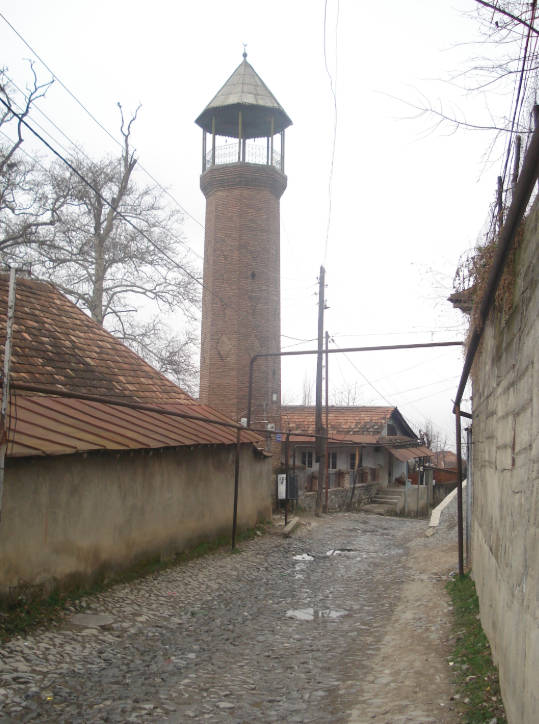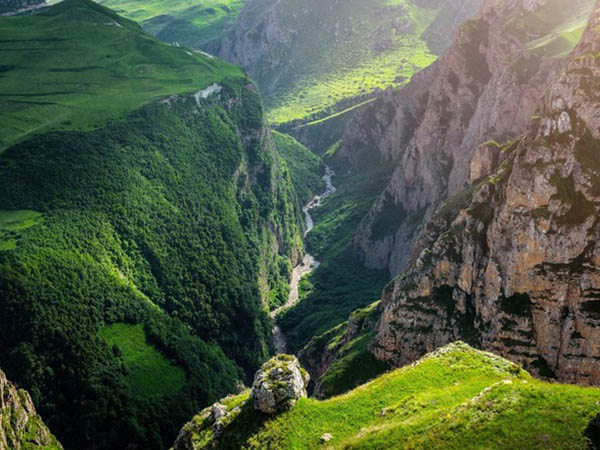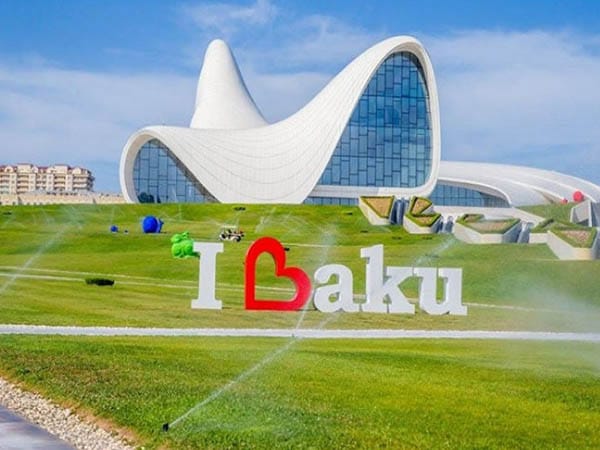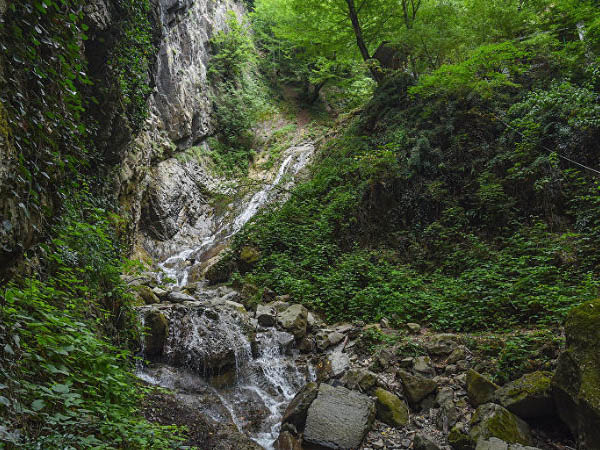Sheki is the capital of the region of the same name and the regional center of Azerbaijan. It is located seventy-seven kilometers north of the Yevlakh railway junction. Ancient city BC was founded in the eighth century and named as Sakasen (shortened sake). Its name comes from the Iranian Sak tribe. Then the city was called Shaki. The snowy peaks of the Greater Caucasus reach 3000-30000 meters. Its capital is dominated by cyclones and anticyclones, various air masses and strong winds. The air temperature is 12 degrees. It is not very hot in the summer and the temperature does not rise above twenty-five degrees. High altitude (500-580 meters) protects Shaki from high temperatures. Magnificent forests not only create a protective barrier against it but also against floods. You can enjoy rare trees in them: peanuts, walnuts. The fauna is different. The main waterways are the Kish and Kurdistan rivers. On March 6, 1968, the decision of the Council of Ministers called the ancient district of the city – the president of Jukhara – a protected place and an architectural monument. During Soviet times, the city was the administrative center of Sheki district. Taking a Sheki tour, you will see the sewing factories, brick factories, music and theater schools, tobacco factories, textile college, educational institutions education school, theater, and Sheki Hans Palace Museum in this city.
Best Sights You Need to see on Sheki Tour
Sheki Khans Palace
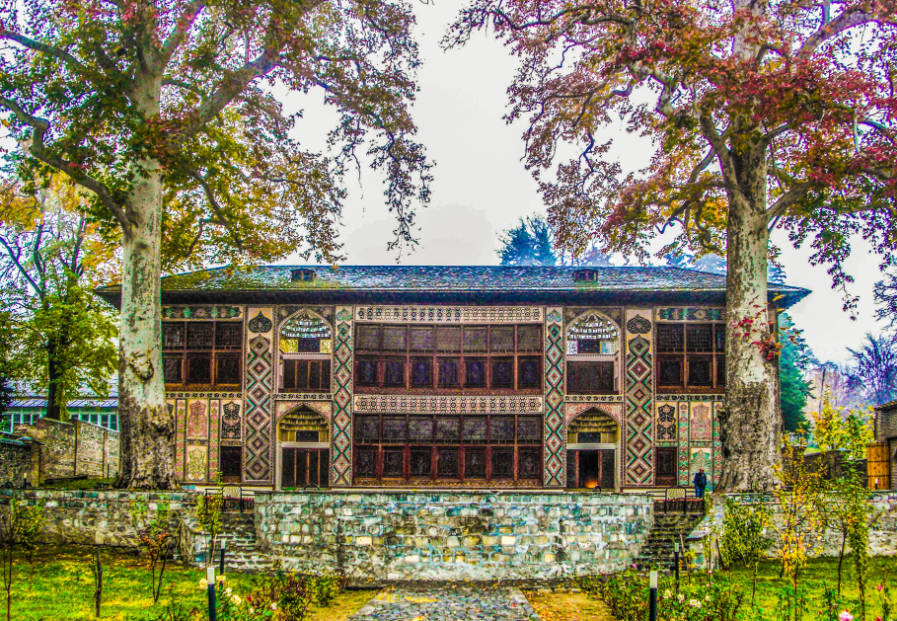
Kornilovich also mentions the walls of the palace, painted with scenes depicting war, hunting for bears, wild boars, etc. By the way, it should be noted that structures similar to the palace of Sheki khans were also erected in Shusha, Ordubad, Lahich and other places of Azerbaijan in the 18-19 centuries.
Shekikhanov House.
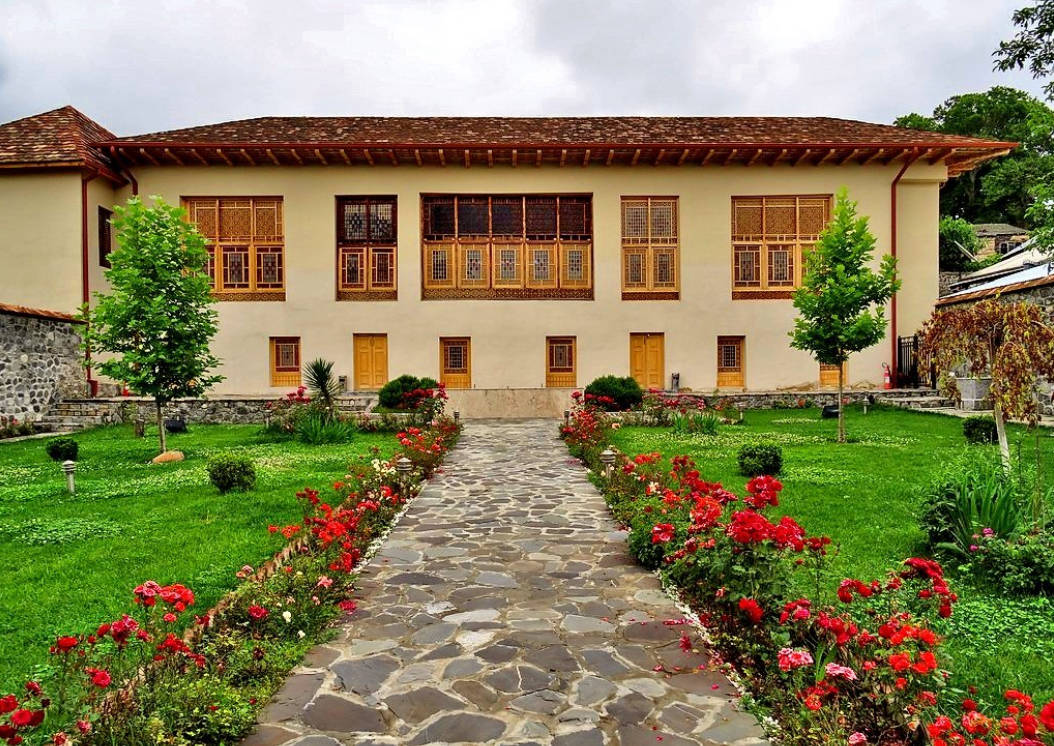
Caravanserai – the main part of Sheki Tour
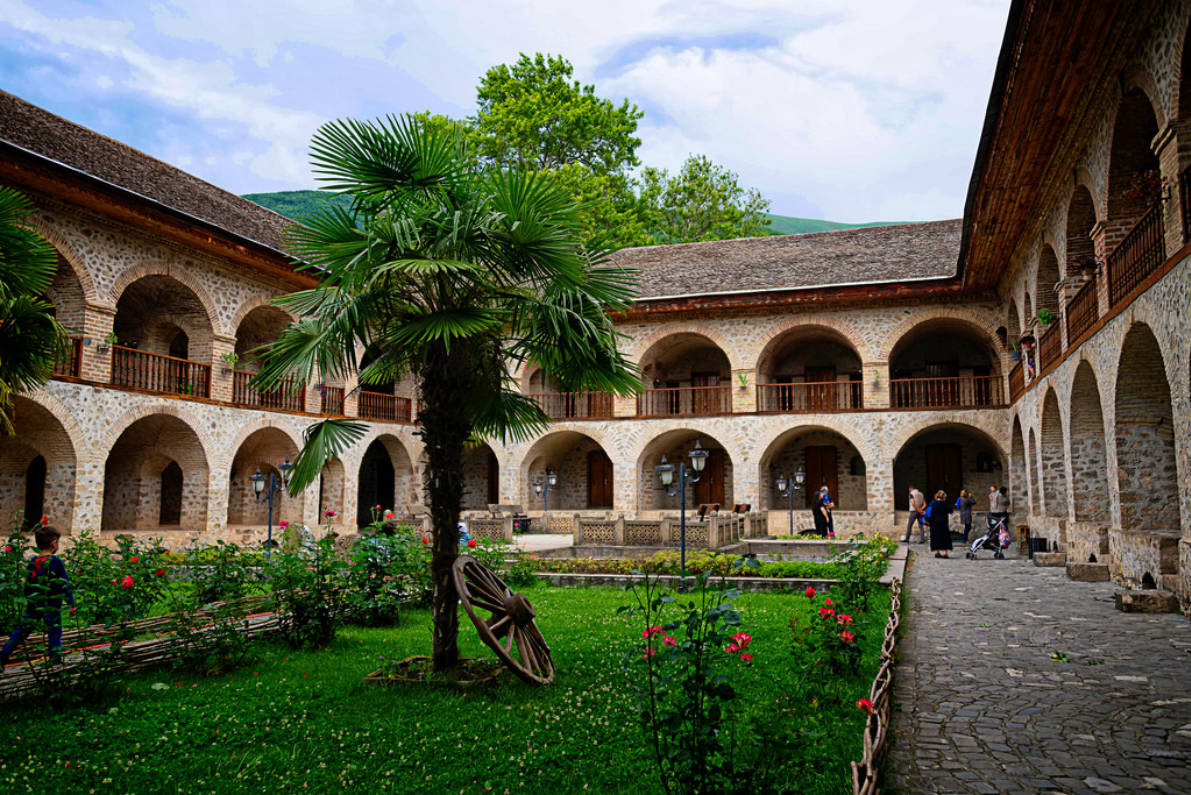
Sheki fortress.
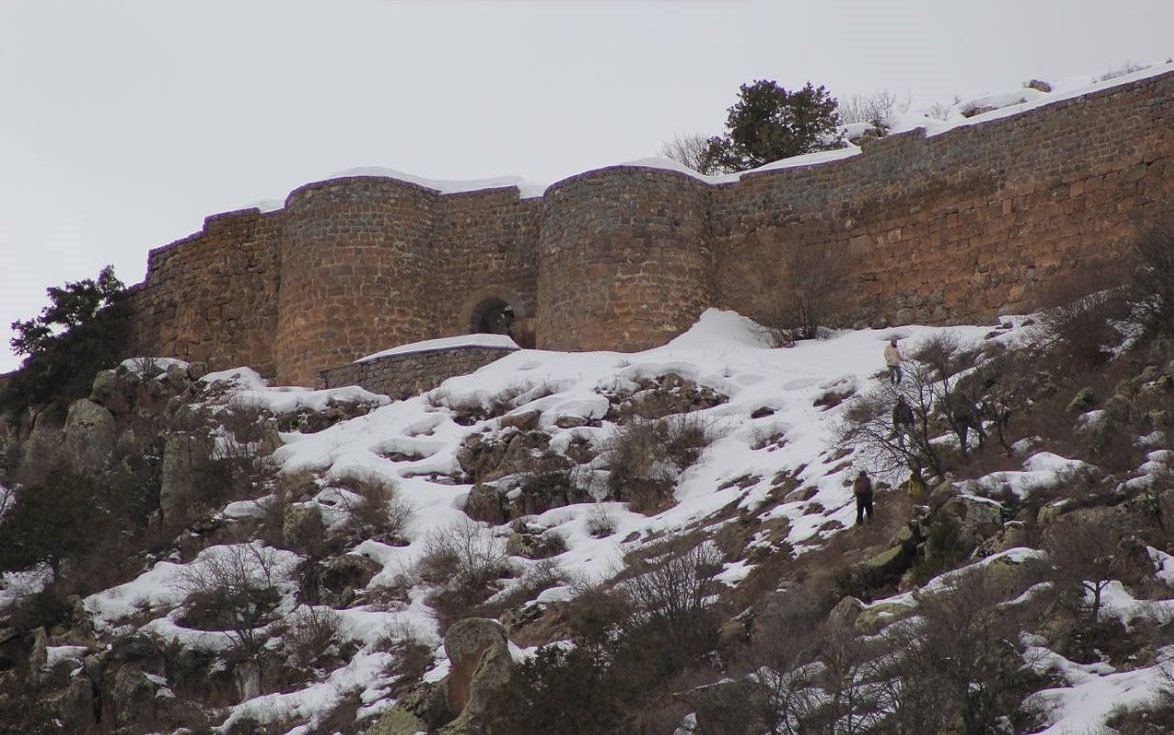
Fortress Gelersen-Gerersen.
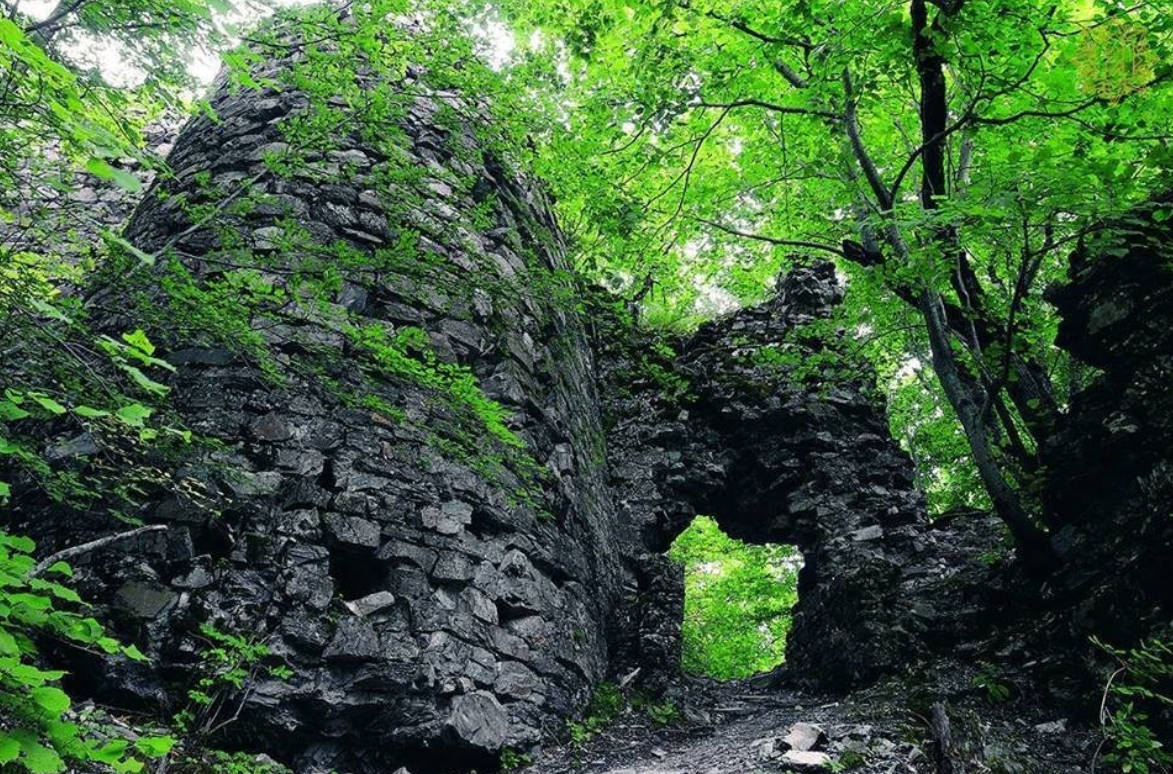
Minaret of Gileili.
This is an architectural monument of 16-17 centuries. Once it was part of the famous Gileili mosque in the city. Unfortunately, during its existence, the mosque was badly damaged, and as a reminder of it, there was only a minaret built of burnt bricks, and today it is well guarded by the state. The minaret is located in the Kulekhlinsky mahal of the city. It is the first and highest minaret in the Sheki region – Zagatala. Tourists are interested in this architectural monument more on Sheki tour.
Juma mosque.
